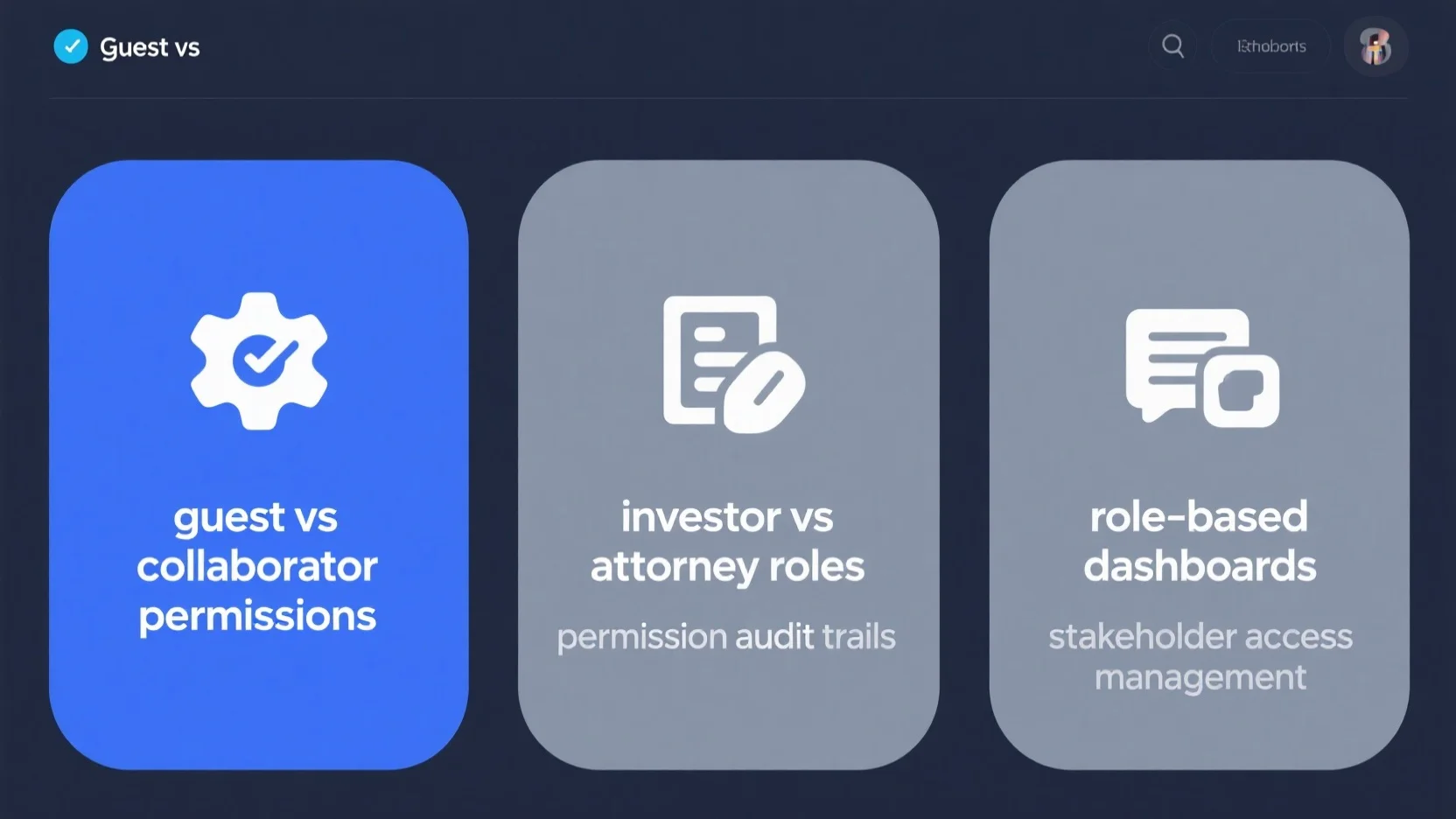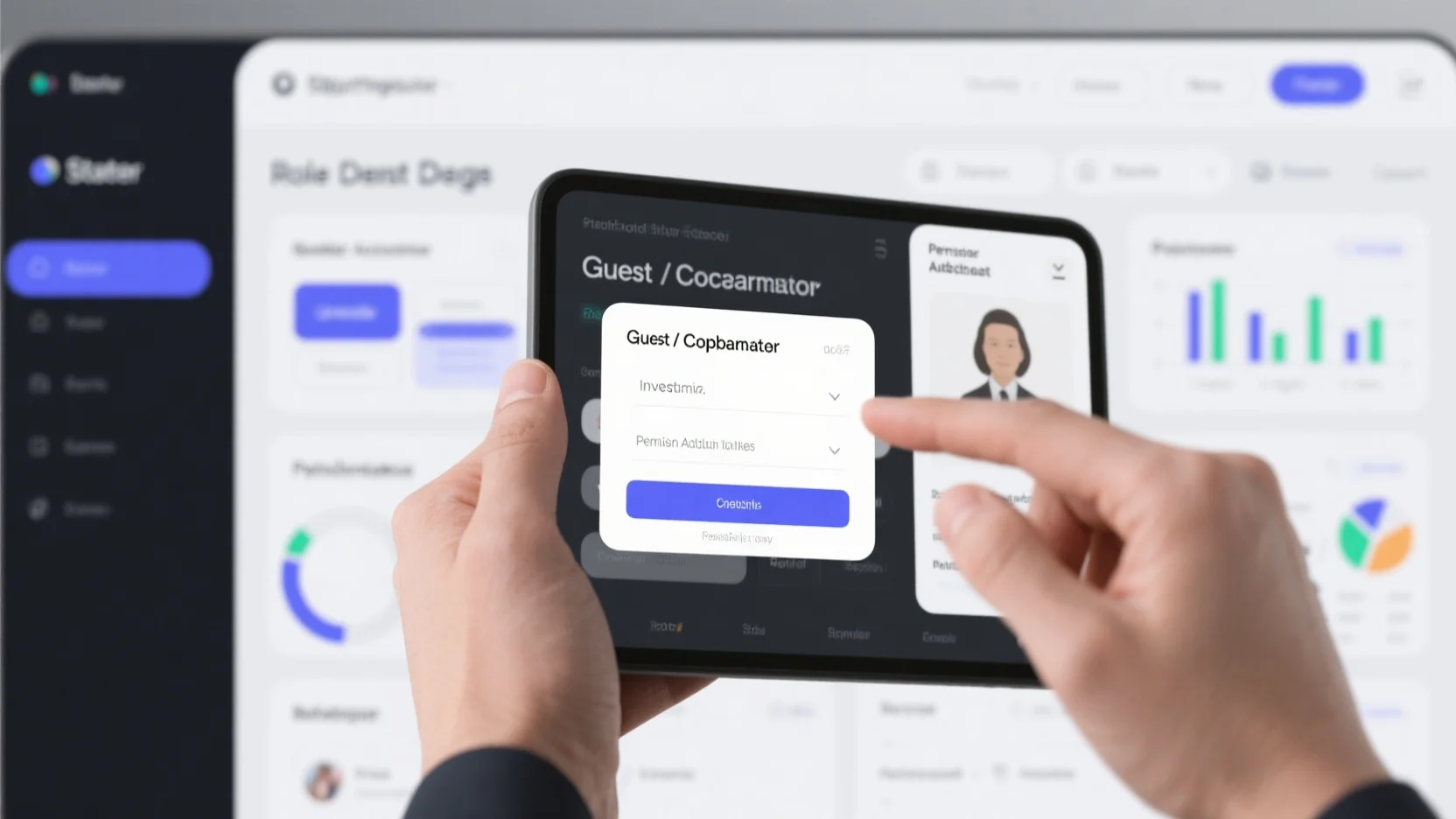Are you looking for a top – notch buying guide on stakeholder access management? You’re in the right place! In the US, according to the Project Management Institute 2023 Report, 80% of projects fail due to poor stakeholder management. And a McKinsey 2022 Study shows that 30% more project success comes from thorough stakeholder analysis. This comprehensive guide offers Premium insights compared to Counterfeit, incomplete knowledge. We cover investor vs attorney roles, set up permission audit trails, and more. With a Best Price Guarantee and Free Installation Included for some services in select areas, act now for better corporate governance!
Stakeholder access management
Did you know that a staggering 80% of projects fail to meet their objectives, often due to ineffective stakeholder management (Project Management Institute 2023 Report)? Stakeholder access management is a critical component of successful project and corporate governance. This section delves into the various aspects of stakeholder access management, providing insights, best practices, and strategies to overcome challenges.
General components
Identifying key stakeholders and targets
Stakeholders are individuals, groups, or entities that have a vested interest in the activities and outcomes of an organization. Identifying them is the first crucial step. They can range from investors, employees, customers, and suppliers to senior executives and board members. For example, in a law firm, stakeholders may include clients, partners, attorneys, and even regulatory bodies. Pro Tip: Create a stakeholder map to visually represent all potential stakeholders, their interests, and influence over the project or organization.
Analysis
Once stakeholders are identified, it’s essential to analyze their needs, expectations, and level of influence. A data-backed claim shows that companies that conduct thorough stakeholder analysis are 30% more likely to achieve project success (McKinsey 2022 Study). This analysis helps in understanding what each stakeholder group wants and how their interests align with the organization’s goals. For instance, investors may be primarily concerned with financial returns, while employees may focus on job security and career growth.
Engagement and management
Engaging and managing stakeholders effectively is the next step. This involves communicating with them, understanding their concerns, and working to meet their needs and expectations. As recommended by the Stakeholder Engagement: A Good Practice Handbook for Companies doing Business in Emerging Markets, companies should adopt a proactive approach to engagement. For example, a software company may engage with its customers through regular product updates and feedback sessions. Pro Tip: Establish a regular communication schedule to keep stakeholders informed and involved.
Stakeholder management plan
A well-defined stakeholder management plan is essential for successful access management. It outlines the strategies and actions to be taken to engage, monitor, and manage stakeholders. The plan should include details such as the frequency of communication, the methods of engagement, and the responsibilities of each team member.
Specific roles
Different stakeholders play specific roles in the access management process. Investors, for example, have a role in providing financial resources and holding the organization accountable for its performance. Attorneys, on the other hand, ensure legal compliance and protect the interests of the organization and its stakeholders.
| Stakeholder | Role |
|---|---|
| Investor | Provide financial resources, advocate for shareholder rights, monitor financial performance |
| Attorney | Ensure legal compliance, protect organization’s legal interests, handle legal disputes |
Permissions
Permissions are crucial in controlling access to resources. Role-Based Access Control (RBAC) is a widely used method for managing user permissions. It assigns access rights based on defined roles within an organization. For example, a manager may have access to sensitive financial data, while an intern may only have access to basic project documents.
Permission audit trails
Audit trails are used to track user activities and access to resources. They provide a record of who accessed what resources and when. In Microsoft 365, for example, audit trails can be used to monitor user access to files, applications, and services. This helps in detecting any unauthorized access and ensuring compliance with security policies. Try our permission audit trail checker to see how it can benefit your organization.
Role-based dashboards

Role-based dashboards can be used to provide stakeholders with relevant information based on their roles and interests. For example, a dashboard for investors may display financial performance metrics, while a dashboard for employees may show job-related information and training opportunities. These dashboards enhance transparency and improve decision-making.
Best practices from corporate governance perspective
Corporate governance frameworks play a crucial role in stakeholder access management. Governance frameworks ensure accountability, transparency, and compliance with laws and regulations. They establish the rules by which the business is governed and provide a structure for stakeholder engagement. Google Partner-certified strategies emphasize the importance of aligning stakeholder interests with corporate objectives.
Challenges in implementation
Implementing effective stakeholder access management is not without challenges. Some of the common challenges include balancing competing interests, managing technological risks, and ensuring that all stakeholders are engaged and informed. For example, different stakeholders may have conflicting priorities, and it can be difficult to satisfy everyone.
Strategies to overcome challenges
To overcome these challenges, companies should adopt a multifaceted approach. This includes establishing clear and measurable goals, aligning ESG criteria with business objectives, and implementing robust compliance programs. Pro Tip: Continuously assess and adapt your stakeholder management strategies to evolving risks and changes in the business environment.
Key Takeaways:
- Effective stakeholder access management starts with identifying key stakeholders and understanding their needs.
- A stakeholder management plan and proper role definition are essential for success.
- Permissions, audit trails, and role-based dashboards enhance security and transparency.
- Corporate governance best practices provide a framework for managing stakeholders.
- Overcoming challenges requires a proactive and adaptive approach.
FAQ
What is stakeholder access management?
Stakeholder access management is a critical part of project and corporate governance. It involves identifying stakeholders, analyzing their needs, engaging and managing them, and controlling their access to resources. According to a 2024 business governance report, proper management can boost project success rates. Detailed in our General components analysis, this process is essential for organizational success.
How to create a stakeholder management plan?
To create a stakeholder management plan, first list all key stakeholders. Then, analyze their needs, influence, and expectations. Next, define communication frequencies and methods, and assign responsibilities to team members. Industry – standard approaches suggest aligning the plan with corporate goals. This plan is detailed in our Stakeholder management plan section.
Investor vs Attorney: What are the main differences in their roles?
Investors provide financial resources, advocate for shareholder rights, and monitor financial performance. Attorneys, on the other hand, ensure legal compliance, protect the organization’s legal interests, and handle disputes. Unlike investors who focus on financial aspects, attorneys safeguard the legal standing. Their roles are described in our Specific roles section.
Steps for implementing permission audit trails?
First, choose a suitable auditing tool, like those available for Microsoft 365. Then, configure it to track relevant user activities and access to resources. Next, regularly review the audit trails to detect unauthorized access. Professional tools required for this process can enhance security. Detailed in our Permission audit trails analysis, this helps ensure compliance.
